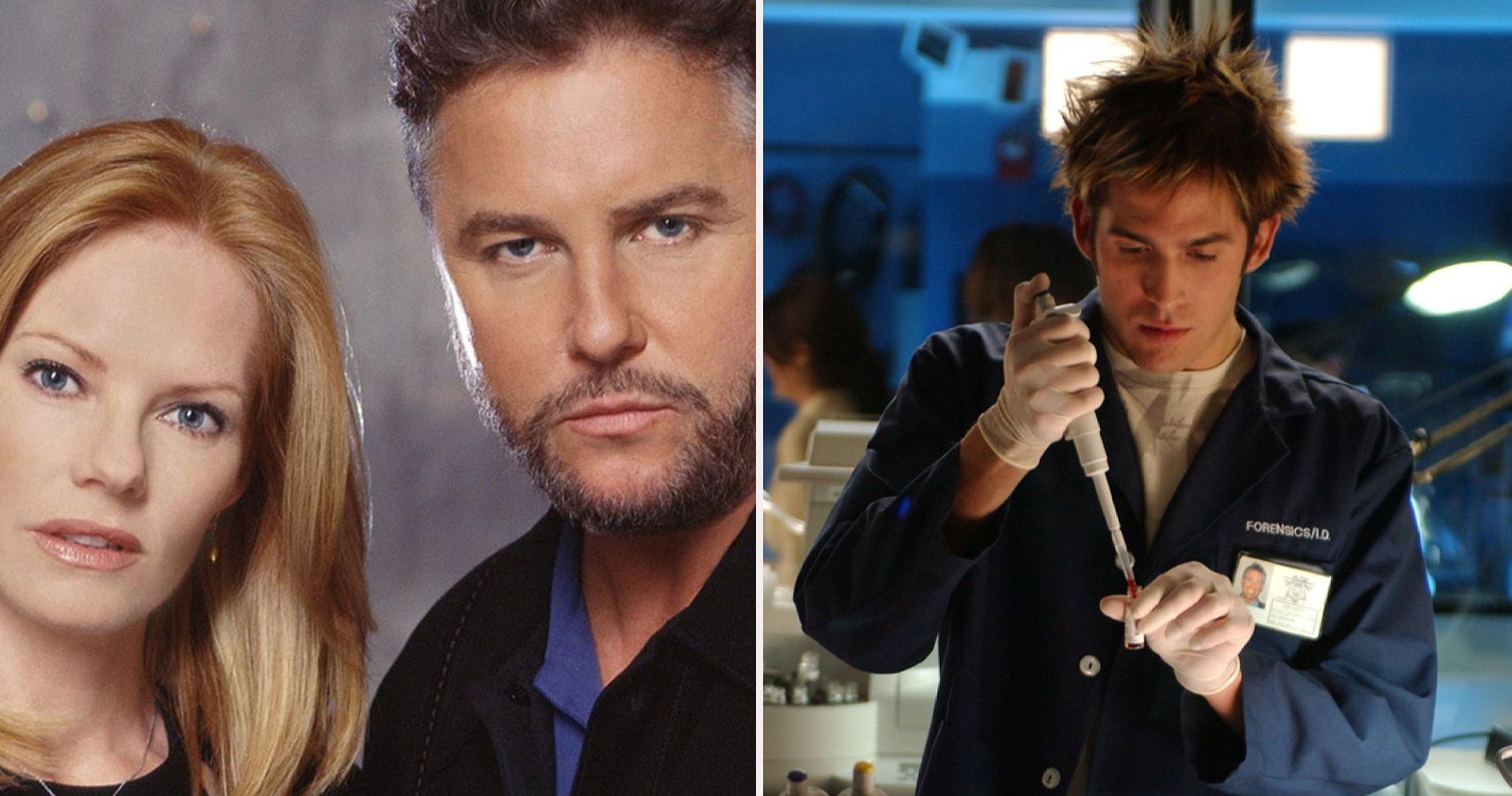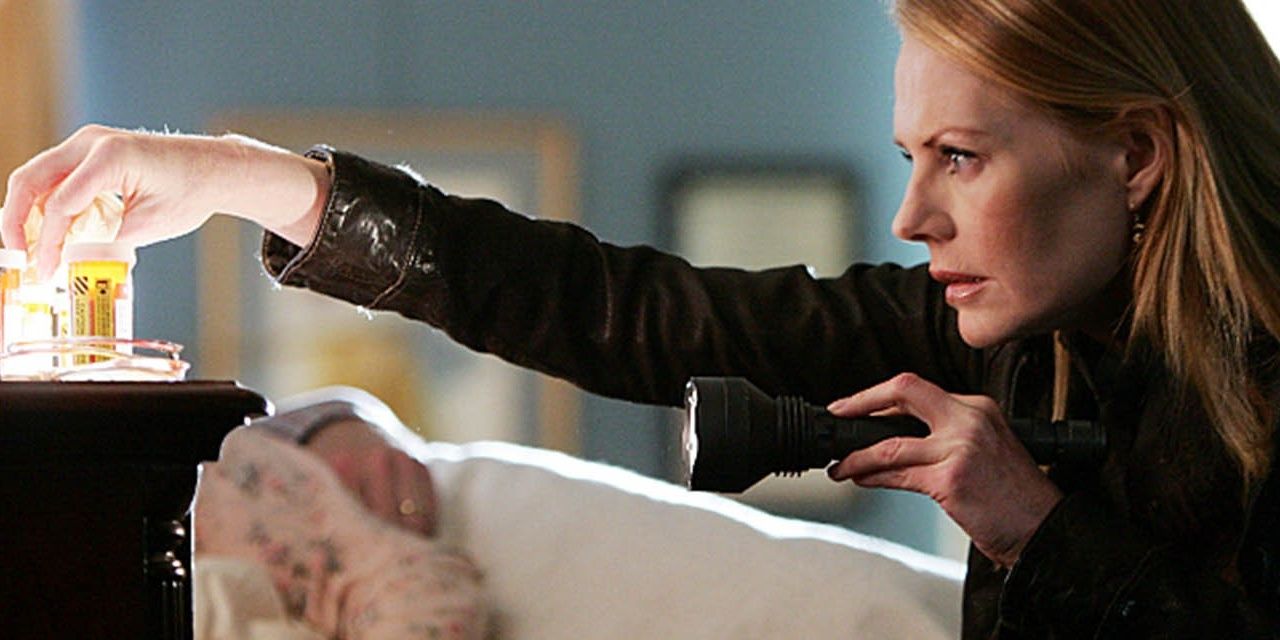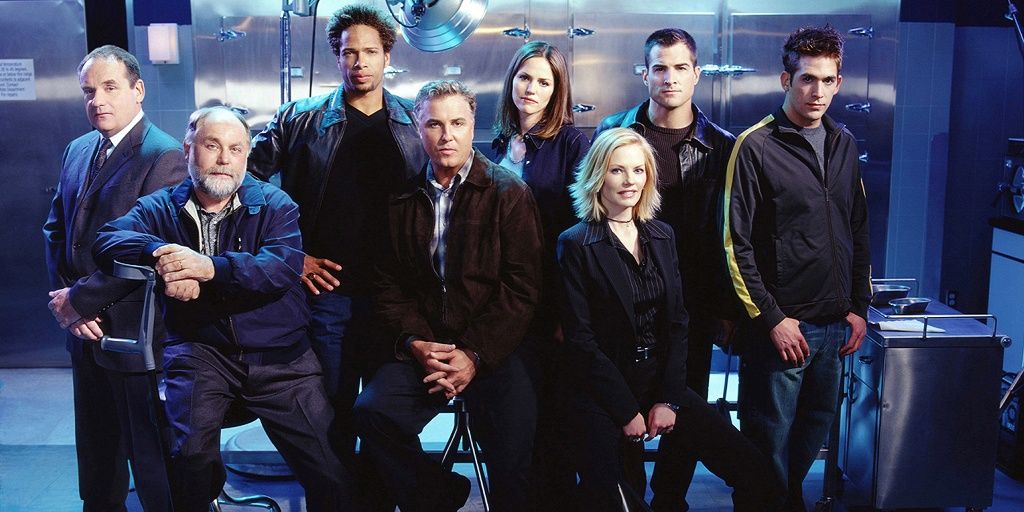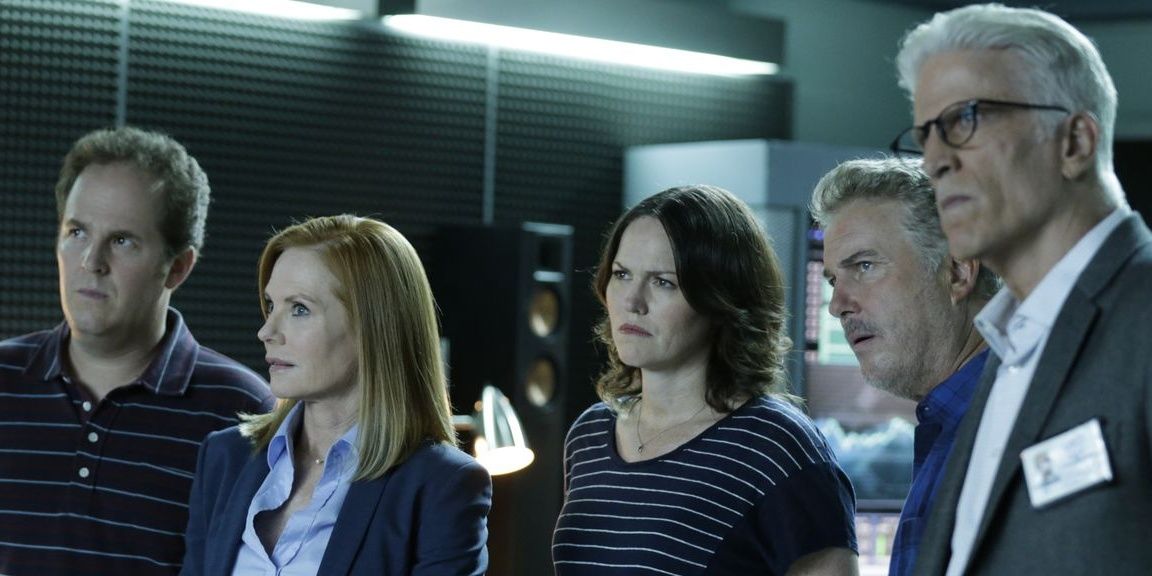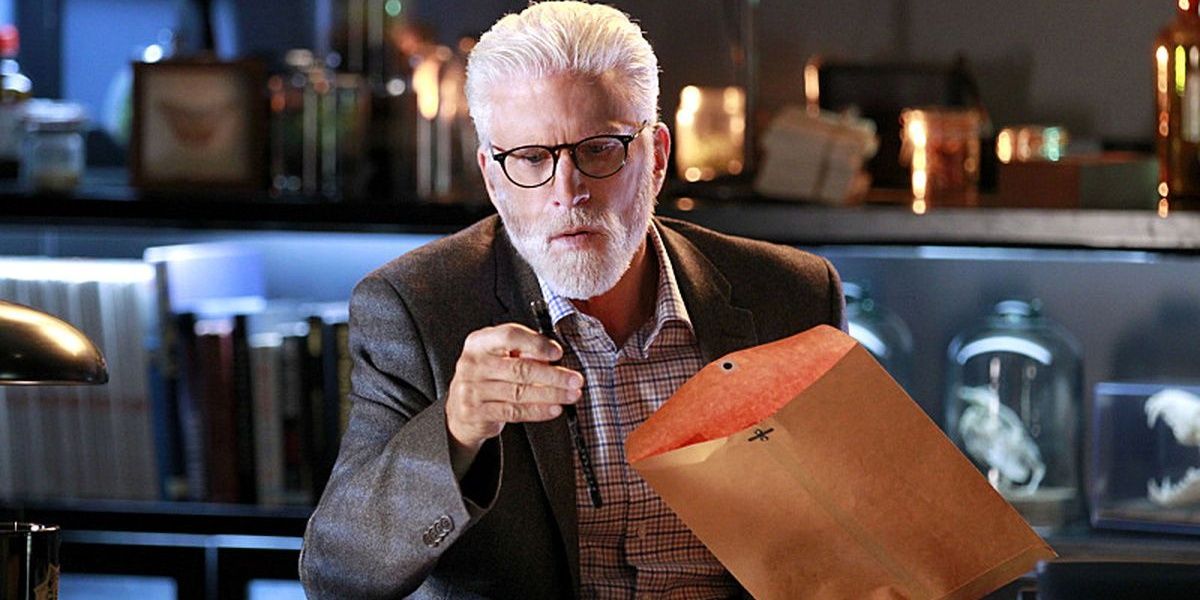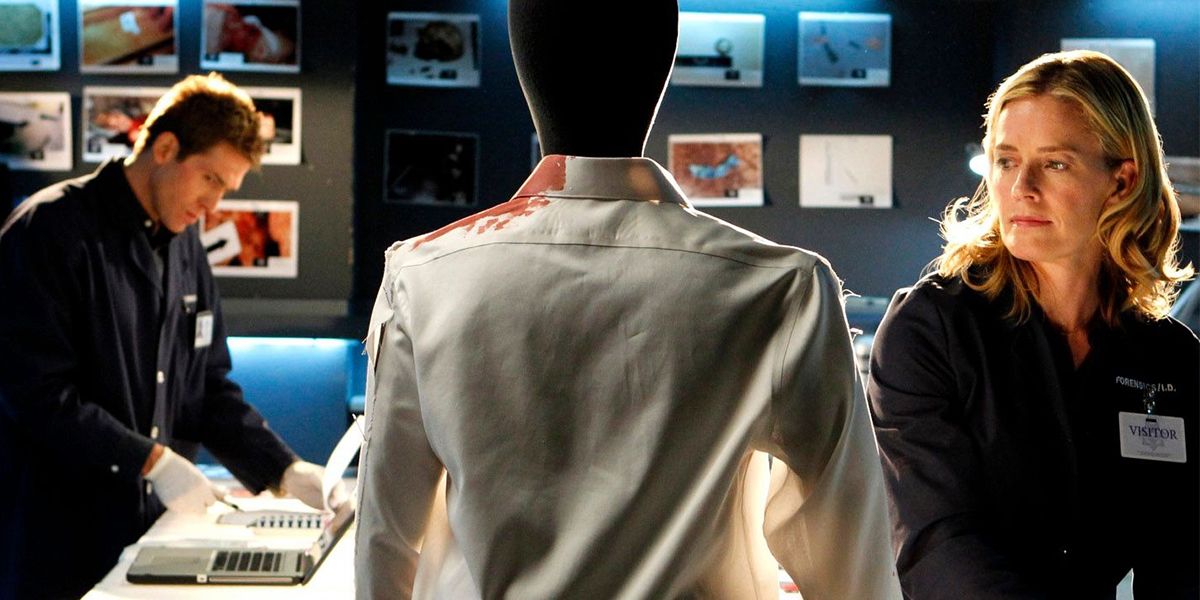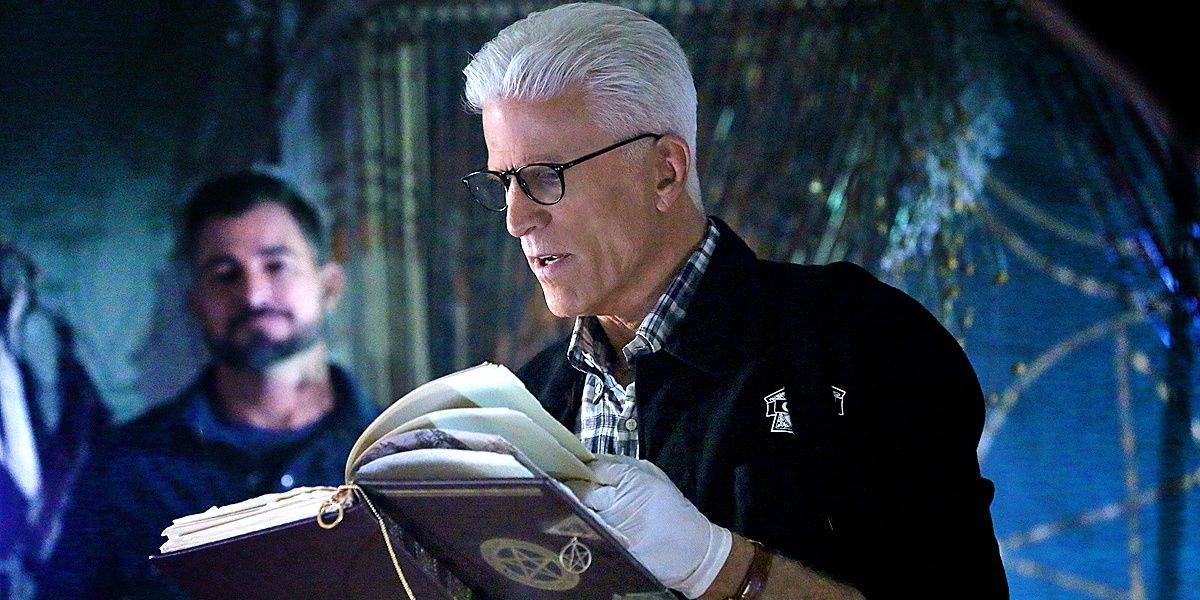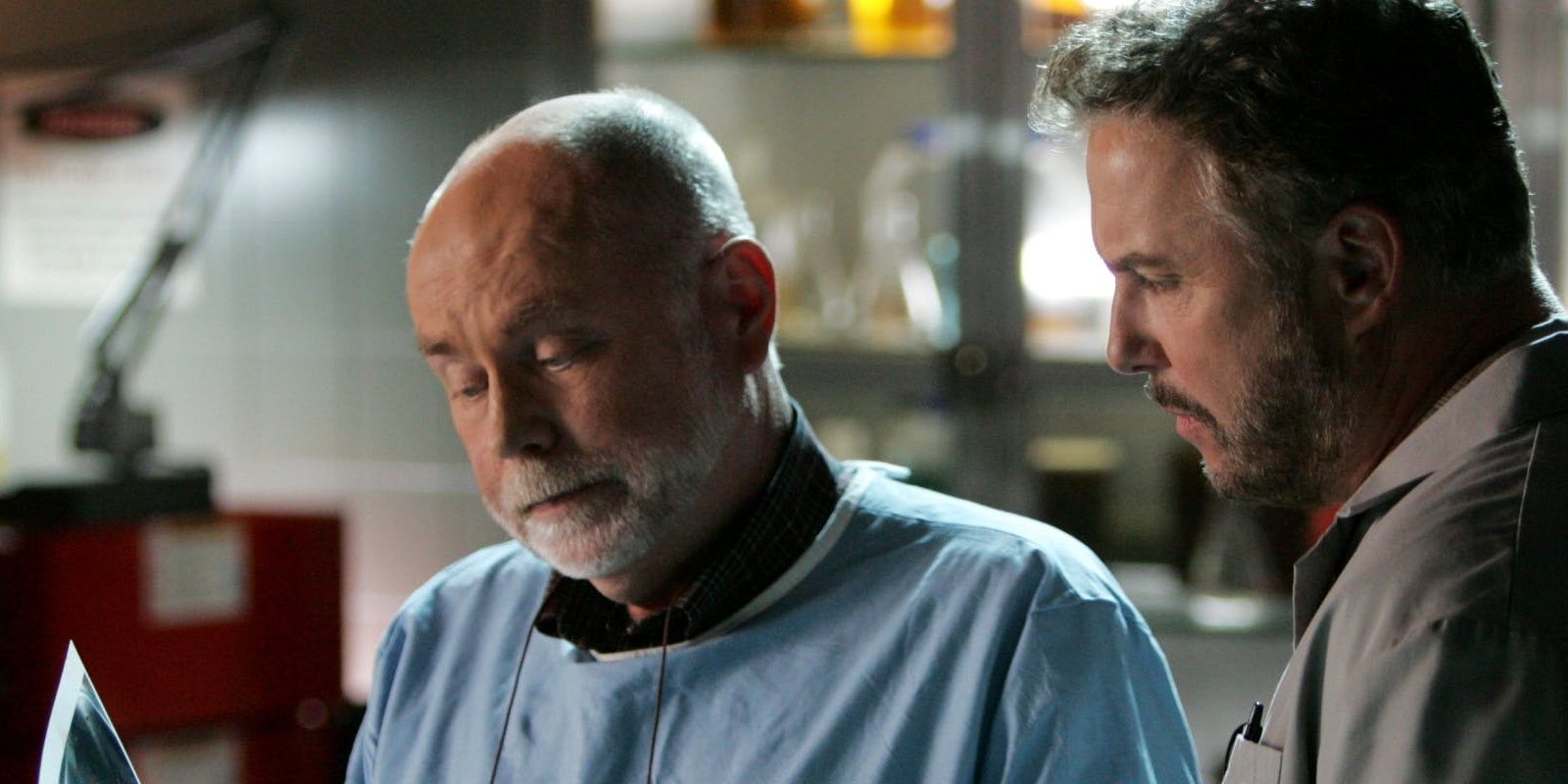Since the Victorian era, crime fiction has been a popular genre across various mediums including books movies and TV shows. Yet there are some exemplary works that have not only stood out on their own but also influenced the genre itself.
One such example is CSI: Crime Scene Investigation, a show that ran for fifteen seasons on CBS with multiple spinoffs in its chronology.
Whereas previous crime shows focused on detectives and attorneys, this one was about the specialists who provided physical evidence of crimes. CSI also introduced a lot of other elements that have appeared in modern crime fiction.
Appealed To A Female Demographic
Because most crime fiction was written by men, it typically featured male protagonists like Dick Tracy with women that either needed saving or were secretly diabolical. So naturally, men were the main demographic which was also the case for early crime fiction TV shows and movies.
Yet starting with shows such as CSI, the main demographic for crime fiction these days is women. Now many see this as counterintuitive, given the intense violence against women in this genre whether they’re victims or criminals. So some theorize that it’s a revenge fantasy of sorts, where female viewers feel cathartic when a criminal gets punished for brutally killing a woman.
Created Quirky Yet Relatable Characters
Aside from exceptions like Sherlock Holmes and Hercule Poirot, most crime fiction protagonists tended to be serious and not the least bit quirky. By contrast, almost all the main characters of CSI had their oddball moments.
From Greg Sanders listening to loud music to Gil Grissom’s obsession with insects, these quirks were framed in an endearing way as the characters were ultimately relatable. In the past, such behavior would’ve been viewed as alienating as was the case with the Jeremy Brett-starring Sherlock Holmes series. Nowadays, though, just about every crime fiction protagonist has some kind of quirk such as the main character of Castle among others.
Added Drama To Crime Investigations
Part of the reason CSI’s main characters were relatable was that they shared what was going on in their personal lives during the official investigations of crime scenes. But in other crime shows such as Dragnet, the characters rarely talked about themselves while gathering evidence.
Now, this could be viewed as a sign of their professionalism, though it doesn’t necessarily make them endearing. Plus, the added drama gives the viewers something else to focus on aside from the dry facts and ramifications of the crime. Hence, it’s almost mandatory to have characters in a crime fiction story discuss each other’s life stories while examining a dead person’s.
Long Story Arcs Became Part Of The Narrative
In simple terms, a story arc is an ongoing event that isn’t resolved immediately by the main character(s). In crime fiction, most stories tend to be stand-alone with the crime-in-question being resolved by the end of the book television episode or movie. However, CSI and its spinoffs had various story arcs involving criminals like the Miniature Killer and the Mala Noche drug cartel.
There were also ones that involved relationships between the main characters, whether they were romantic or friendship-based. Nowadays, there are book series/shows like Rizzoli & Isles, where the main characters’ friendship developed while they investigated crimes involving one serial killer.
Emphasized Hard Evidence To Convict A Criminal
When it comes to actual crime investigations, many pieces of evidence are taken into account to convict criminals from eyewitness testimony to physical items. While most crime fiction stories usually focus on both kinds of evidence, CSI tended to focus on the latter.
After all, its main characters specialized in gathering physical evidence that was related to the crime-in-question. This kind of emphasis on hard evidence hadn’t been done before, and CSI’s popularity naturally caused other crime fiction stories to do the same. It also led to a phenomenon called the ‘CSI Effect’ where jurors expect more physical evidence during a trial.
Made Forensic Science Look Cool
Until CSI came along, forensic science was never usually the focus of an investigation in crime fiction, with the exception of Craig Kennedy, Criminologist. A TV show from the 1950s, its titular character used science and devices that were fairly new to solve crimes for the police.
If CSI’s not the first show to emphasize forensic science, then why did it arguably inspire shows such as Bones and Body of Proof but not Craig Kennedy? Because it made forensic science look cool using flashy editing and seemingly important technobabble. Additionally, the crime lab results were simplified for easier comprehension despite not being entirely accurate.
Portrayed Women In A Balanced Manner
While there have been female characters that aid the male protagonists in crime fiction, they were generally the exception. Then when there were female detective-centered shows like Cagney & Lacey, they had to deal with a hostile male work environment.
In CSI, though, the female investigators worked alongside their male colleagues without the latter trying to make the other’s contributions less significant. Thus, it came across as more balanced and gave the female viewers someone to root for. Additionally, crime shows like CSI created positive role-models for would-be female scientists who now dominate the field of forensic science.
Gave Us Creepier Criminals
When it came to evildoers in crime fiction, they came in all forms but were usually easy to understand minus the truly diabolical ones. Though the criminals that CSI had to deal with were arguably creepier than the ones depicted in prior crime shows.
From a serial killer who made human organ smoothies to a rapist with tetragametic chimerism, CSI didn’t hold back with fringy criminal behavior. Because audiences had never seen this before, it was naturally shocking. Yet it also became a popular theme in modern crime fiction as demonstrated by the criminals in The Girl with the Dragon Tattoo franchise.
Didn’t Shy From Gore
Beginning with the pilot, CSI wasn’t afraid to show gory crime scenes or autopsies, for that matter. At the time, this was a big deal because American audiences hadn’t been exposed to this level of gore on television with the exception of British shows.
Even in books and movies, the gore was never a big component of crime fiction as the dead bodies weren’t usually described intimately or fully shown. As sensitivity to violence has gone down in general, it has become more common to see gore in fictional stories. Though modern crime fiction has become especially prominent with its gore in books written by women.
Was Willing To Kill Off A Main Character Or Two
Beginning with shows that came out in the early 2000s, including CSI, it became a trend in television to kill off main characters who were normally immune to character deaths. Granted, it wasn’t as common back then which made CSI’s pilot more impactful as the main character died.
Plus, it was unusual for the genre as the main characters in crime fiction didn’t get killed without consequence as demonstrated by the negative reaction to Sherlock’s apparent death in the books. CSI didn’t stop with the pilot either, as another main character died in one of the later seasons.

